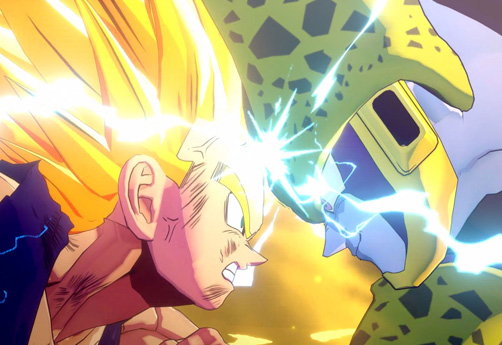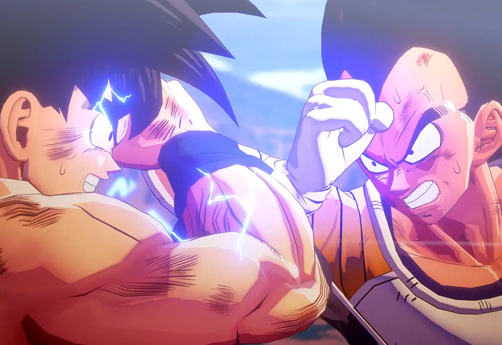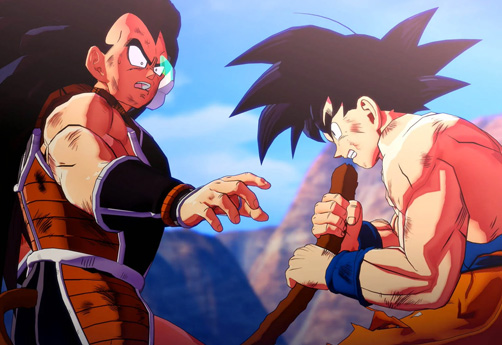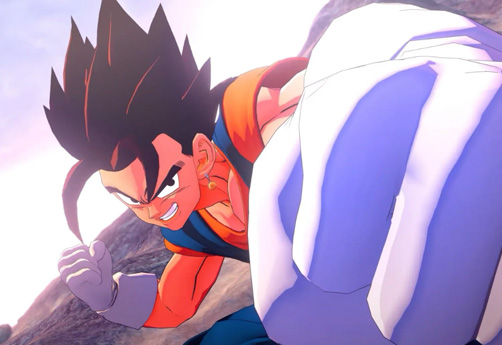Dragon Ball Z: Kakarot Game Review
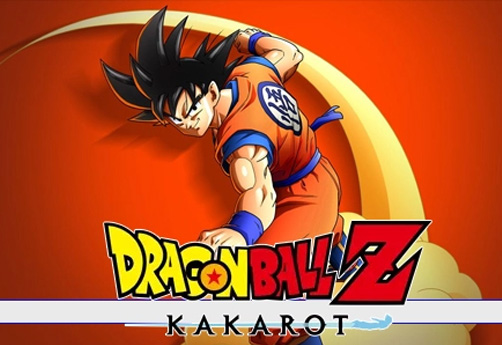
Great recap of the DBZ storyline
Enhanced soundtrack from the Japanese anime
Expansive showcase of the Dragon Ball world
Some cutscenes look better than the anime
Excellent work by Japanese voice actors
Sluggish and floaty controls on the world map
Most quests involve only fetching or battling
Repetitive and frustrating combat
English dub doesn't sync with lip movement
Dragon Ball Z: Kakarot gives fans one of the best Dragon Ball RPGs to date as far as story and world exploration are concerned.
About The Game
The Dragon Ball game franchise has been around since the 1980s, with a pack of adrenaline action games, and even RPGs. Unfortunately, its incursions into the role-playing domain have been modest tries. Most of the Dragon Ball RPGs had the same issue as other manga or anime-based games had — they were only demanding the fans of the sequel. Dragon Ball Z: Kakarot for the PlayStation 4 attempts to change that, as it appeals not only to the fans of the series but presents enough high-quality narrative and game details to make it a decent RPG even for newbies.
The story of Kakarot pursues the anime so closely, if compressed, viewing of the four main story arcs of Dragon Ball Z. From Raditz’s first appearance to the end of the Majin Buu saga, players will fight through each story arc with plenty of extra side quests. For those who are not new to the series, the game tacks on a few new scenes that add backstories for certain characters, providing extra fan service even for those who have seen every episode.
Depending on the story arc, players take control of Goku, Gohan, Piccolo, Future Trunks, or Vegeta to explore the segmented maps to accept side quests, collect orbs and items, or venture into the main story. Players can start battles with enemies on the map by simply approaching them or avoiding them by fleeing. Sometimes the camera angles can be uncomfortable, and players can easily get stuck in the terrain. The jumps feel odd, and the player can only float gradually as they try to land, which feels weird compared to jumping across the map at high speed.
Game Features
Combats take place in real-time on a 3D field spanning land, air, and water, but hand-to-hand fighting underwater feels just like it does in the air. The combat is strongly reminiscent of the Xenoverse game series. It has basic attacks and ki blasts, plus 4 slots to add special attacks like Goku’s Spirit Bomb or Kamehameha Attack. These special attacks consume Ki, but players can easily restore their Ki gauge by powering them up with the triangle button. There is the surge meter, which acts to further power up the character once activated. At certain points in the story, the Saiyan characters also have the option to transform into the different stages of Super Saiyan, elevating their stats but continually emptying Ki as a result.
To become more powerful, characters can level up the classic way by defeating enemies and gaining experience, but the game provides another unique system of progression called the Community Board, which is somewhat similar to a sphere grid or talent tree found in other RPGs. However, this system raises stats for all playable characters rather than just one. The players must collect character emblems of various allies and enemies found throughout the map and apply them to gain more points. Specific character emblems can be paired up with friends or rivals as a combo to maximize points to gain levels and stat increases. This approach differs from the standard RPG, yet remains fun and engaging for fans to experiment with to further strengthen their party.
The battles are fun and action-packed, but soon become repetitive and boring. Besides the main series villains or allies, players will battle waves upon waves of various palette swaps of Saibamen, Red Ribbon robots, Frieza Force soldiers, and Babidi’s henchmen. This forces the game to drag early on, given that players can spam certain moves to easily overcome their adversaries. Another problem with the combat system happens when engaging multiple enemies without supporting party members, as weaker enemies can gang up and unfairly spam combos leaving the player little choice but to take a beating. This compels frustrating gameplay, especially when the enemies are typical random encounters that occur too frequently.
The orbs used for leveling up powers come in blue, green, red, and rainbow, and each color helps boost a specific character. They can be earned through battle or collected on the world map by flying close enough to them, though flying around to collect them is not only time-consuming but nets the player fewer orbs, rendering battle the preferred method of earning them. Players are more likely to benefit from collecting items, which are used for cooking, making vehicles, completing quests, or selling for money.
The RPG elements are there, but the mechanics are simple for a game released in 2020. Side quests are mostly monotonous loot or destruction quests, not exciting or worthwhile. The exception is Videl’s quest for her date with her classmate Erasa, where Gohan tries to impress her by showing off her driving and baseball skills. There are quite a few quests that add depth to animated secondary characters like Launch, Nam, Android No. 8, Tien, and Emperor Pilaf, which had little screen time in the Z arc and are awesome additions for longtime fans.
The graphics look awesome and eye-catching. The world of Dragon Ball looks better than ever, especially the cutscenes that sometimes surpass the animation. You can explore key locations in the series that feature collectible materials for food, items, upgrades, and even vehicles. Players can use items to build things like hover cars that can be used to find previously unavailable minerals. The main drawback of these beautiful worlds is that there are too many empty spaces between them. There are items scattered around, but other than that there’s little worth exploring, and the mountains and rural hamlets receive little attention other than being key points for lame side quests.
The sound mostly hits the right notes. Although the Japanese dub is much more consistent with the original manga and anime, there is an option to switch between Japanese and English dubs. The main characters sound fine in the English dub, but the NPCs sound odd with their high-pitched voices. The biggest concern with English dialogue is that the dub is not synced in many scenes. The only problem with the audio would be the repetition of a few tracks; Head Cha La is a great and nostalgic song, but hearing its melody on a short loop over and over again around the West City area gets bland.
Dragon Ball Z: Kakarot game offers fans one of the best Dragon Ball RPGs to date as far as story and world exploration is concerned. Those beginners interested in the series may find more accessibility in the packed storyline that spans the entire arc of Dragon Ball Z; this game provides a great substitute without having to watch all 291 episodes of the Z arcs. However, with the dull quests and bland, repetitive combat, the entire journey shortly becomes a slog rather than a thrilling ride. But there’s enough entertainment and content for players to enjoy, and fans can dig into the stories of minor characters that have long been left out of anime, not to mention adding DLC. Despite its many imperfections, Kararot still features a great retelling of the main story, above-average graphics, and a great soundtrack, making it a deserving choice for both regular and new fans of the series.
Game Trailer
In order to have more insight into this game, you can watch this video from the following link:
You can visit the website of the Dragon Ball Z: Kakarot Game Review by Mr. Frog to understand the game more.



























































































































































